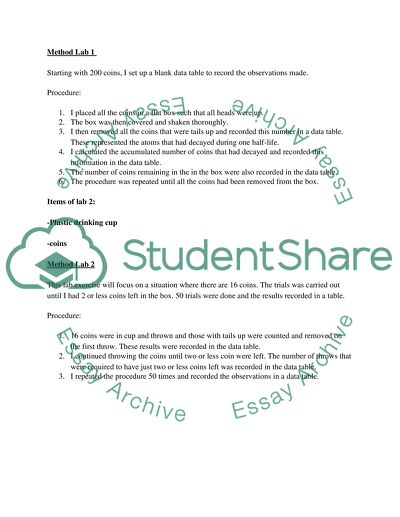Cite this document
(“Radioactivity Essay Example | Topics and Well Written Essays - 1000 words”, n.d.)
Retrieved from https://studentshare.org/physics/1679687-radioactivity
Retrieved from https://studentshare.org/physics/1679687-radioactivity
(Radioactivity Essay Example | Topics and Well Written Essays - 1000 Words)
https://studentshare.org/physics/1679687-radioactivity.
https://studentshare.org/physics/1679687-radioactivity.
“Radioactivity Essay Example | Topics and Well Written Essays - 1000 Words”, n.d. https://studentshare.org/physics/1679687-radioactivity.


